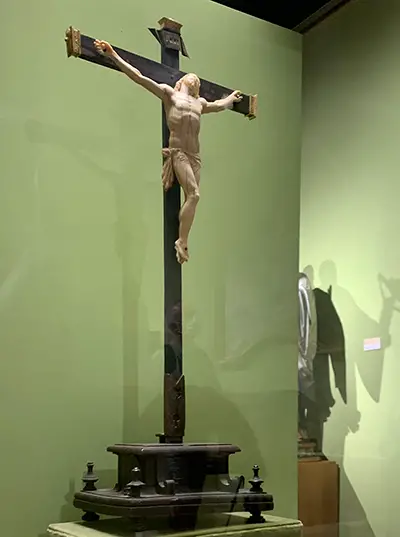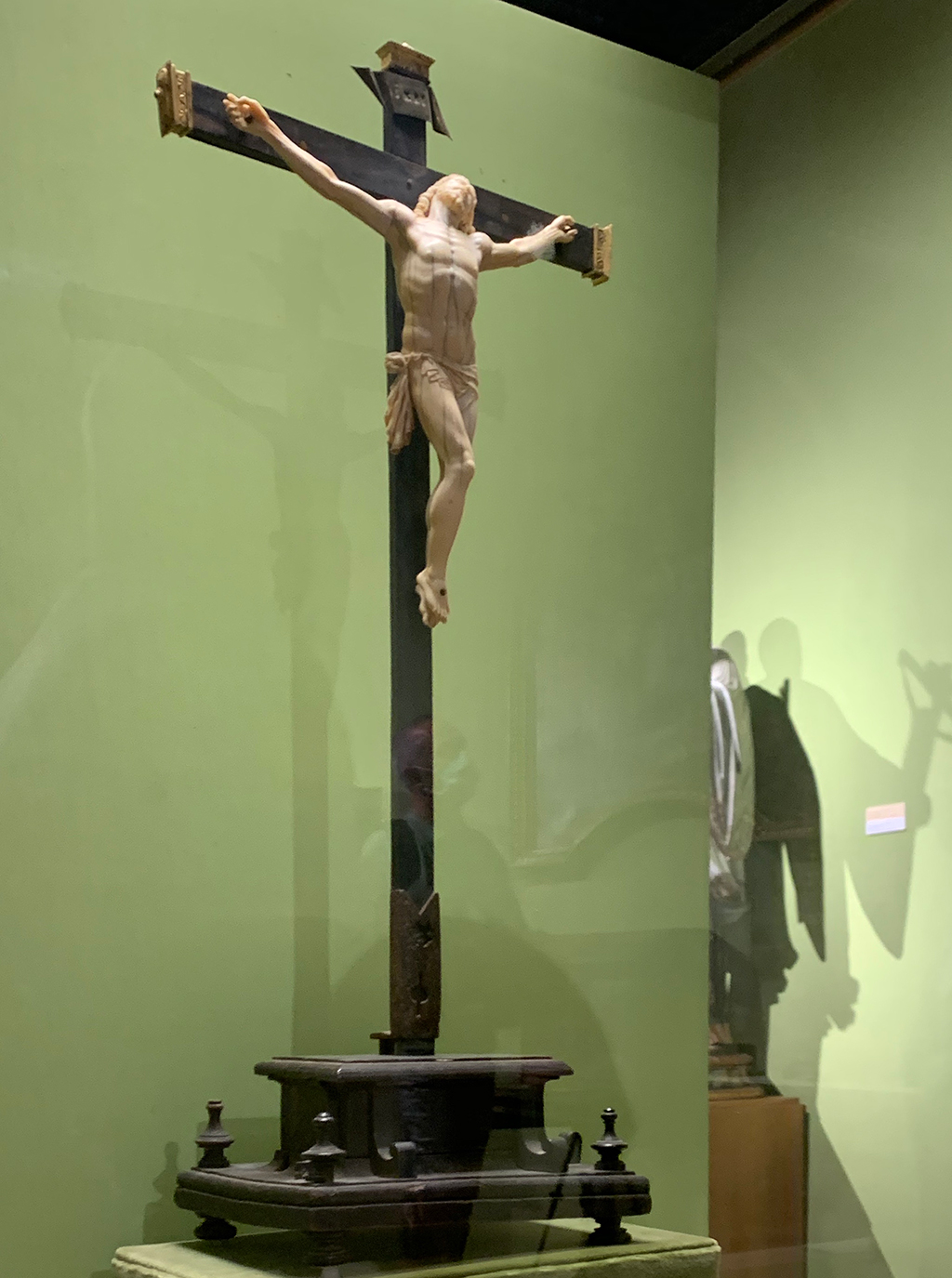The overall site for the monastery is classed as a UNESCO World Heritage Site, and the label is entirely fitting due to its exceptional mix of sculpture, paintings and architectural design, alongside the rich history to be found here. Coronation of the Virgin by El Greco and Confessions in Prison by Goya are two of their finest items on display and neither have any issues with regards attribution, unlike the Michelangelo-claimed piece that we discuss here. The crucified ivory Christ is not featured in many, if any, comprehensive reviews of the artist's career and there have not been enough efforts made yet to be confident of its history. The institution itself has little interest in gaining from the connection itself, and simply wants to appreciate this artwork within what is an entirely suitable environment, meaning the confusion may not be dealt with anytime soon. There are also a number of monuments dotted around the site and all of the artworks found here have a religious connection and help to build an atmosphere of faith within this impressive location.
Christ would play a major role within the career of Michelangelo, featuring in a wide set of poses across different mediums, such as sculpture, painting and drawing. This was, of course, entirely appropriate for the period, where religion was dominant throughout European society and many of the best paying patrons were connected to its institutions. One simply could not have a successful career were they to ignore the powerful themes found in religious scripture, and most did not find this a problem as they were able to work within some extraordinary feats of architecture for permanently installed frescoes and monuments. We were also a long way before standard portraiture of normal life might appear, and even further form landscape art establishing itself as a respected genre.
Perhaps the best known crucifix produced by Michelangelo is the one now found in Italy. Some of his work which went into the hands of smaller religious buildings may have been lost or undocumented and so took longer before it was added into a comprehensive list of his work. They also often have little information around their lives in the centuries that have passed since, making it hard to really examine their authenticity and come up with clear conclusions over their own lives. Thankfully, many of these pieces remain in their original locations and visitors can worship then just as others have done in previous centuries without concern about where specific items of decoration might have arrived from.



